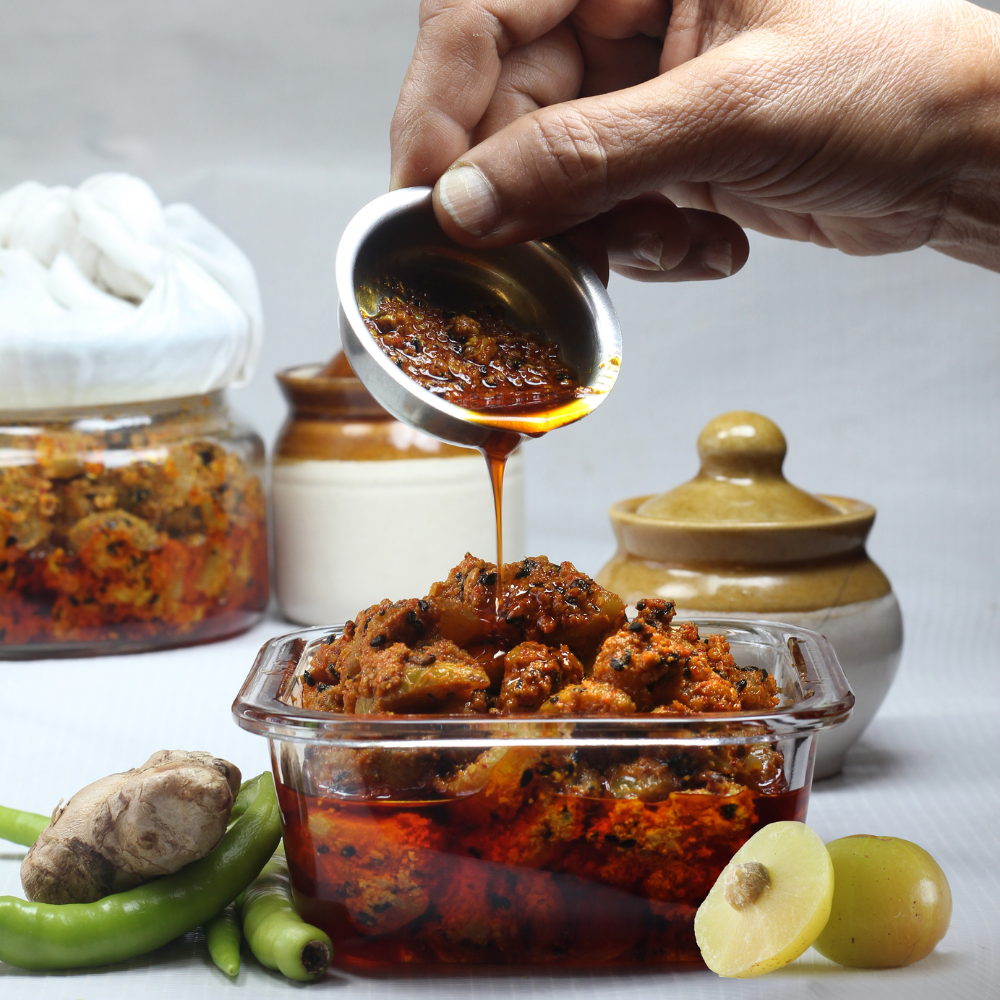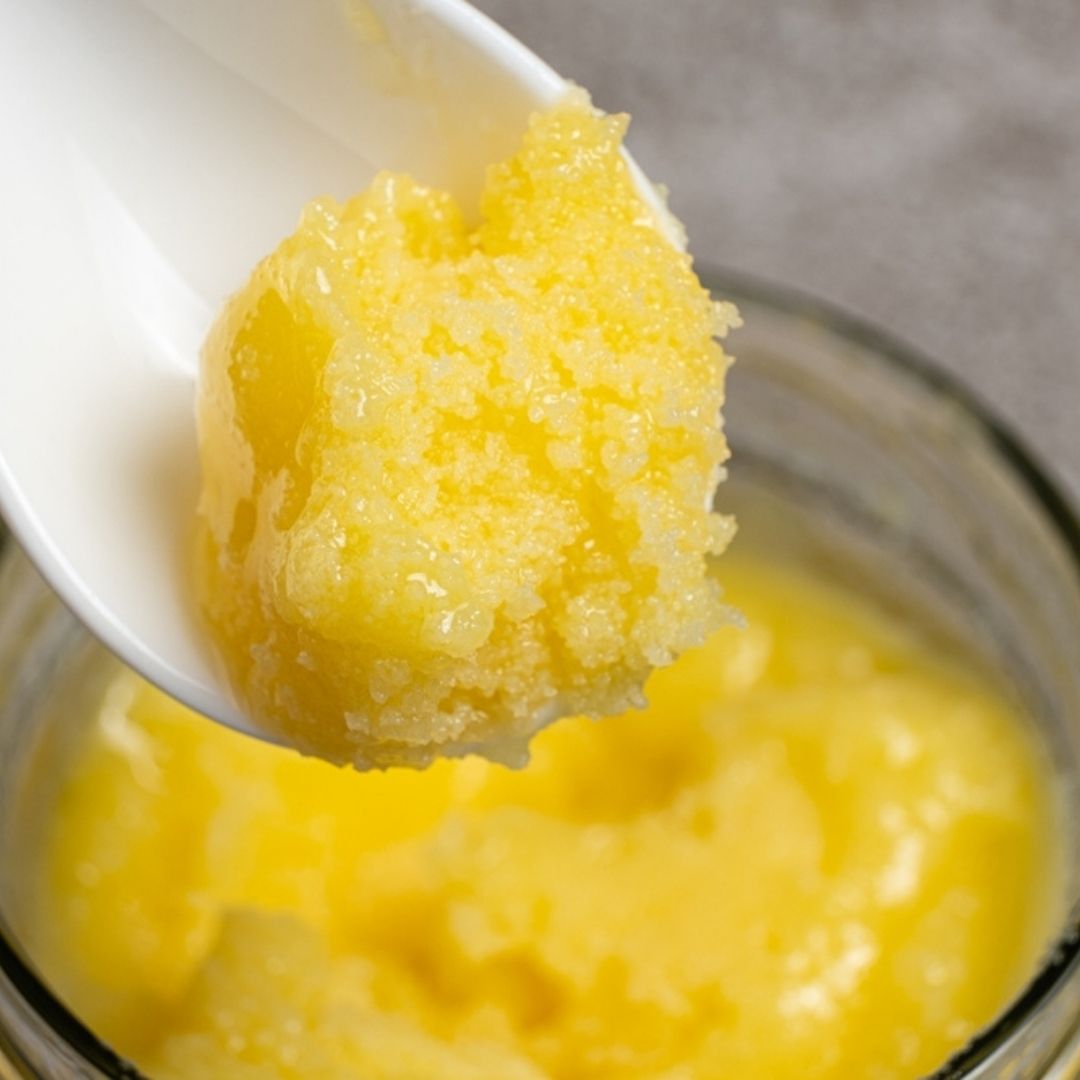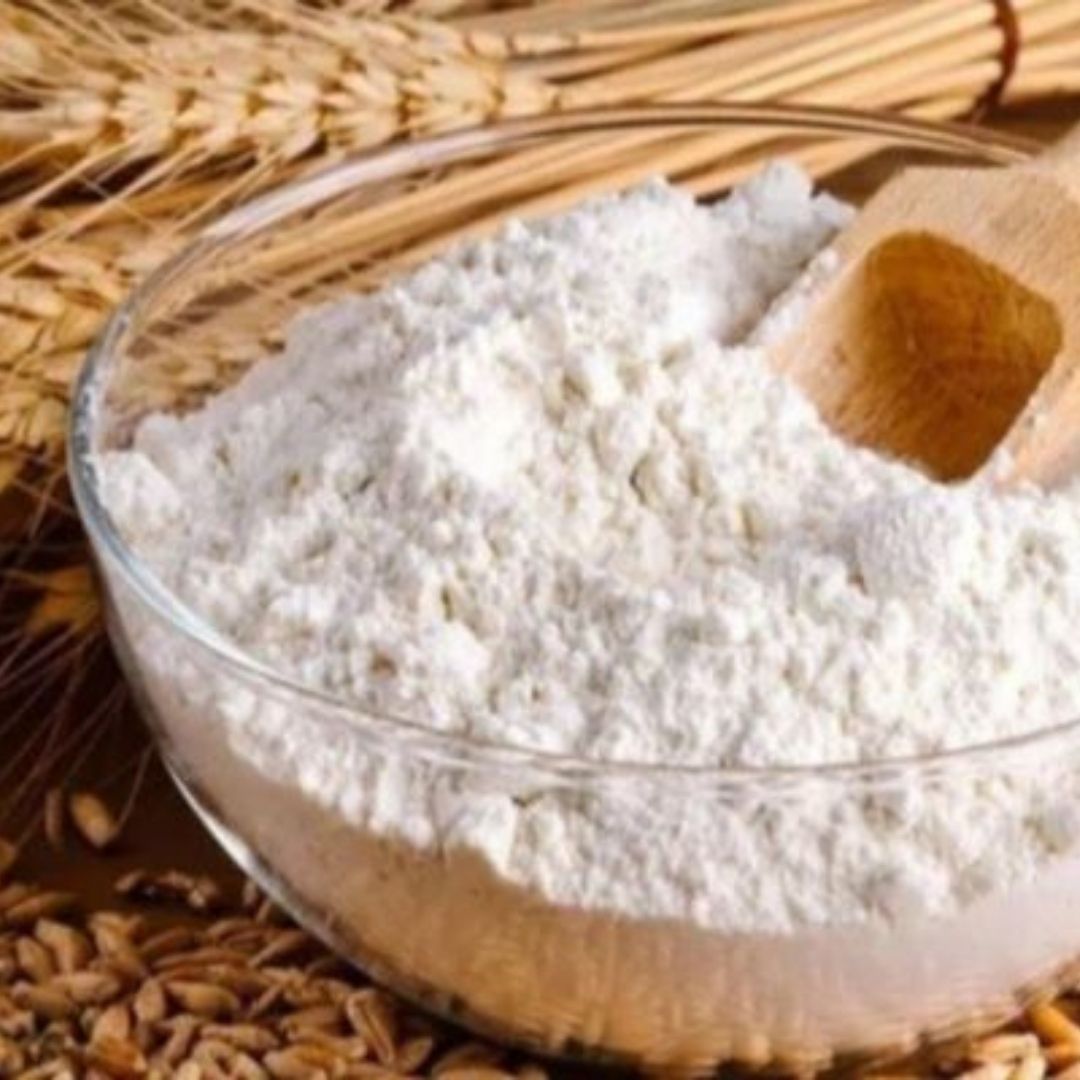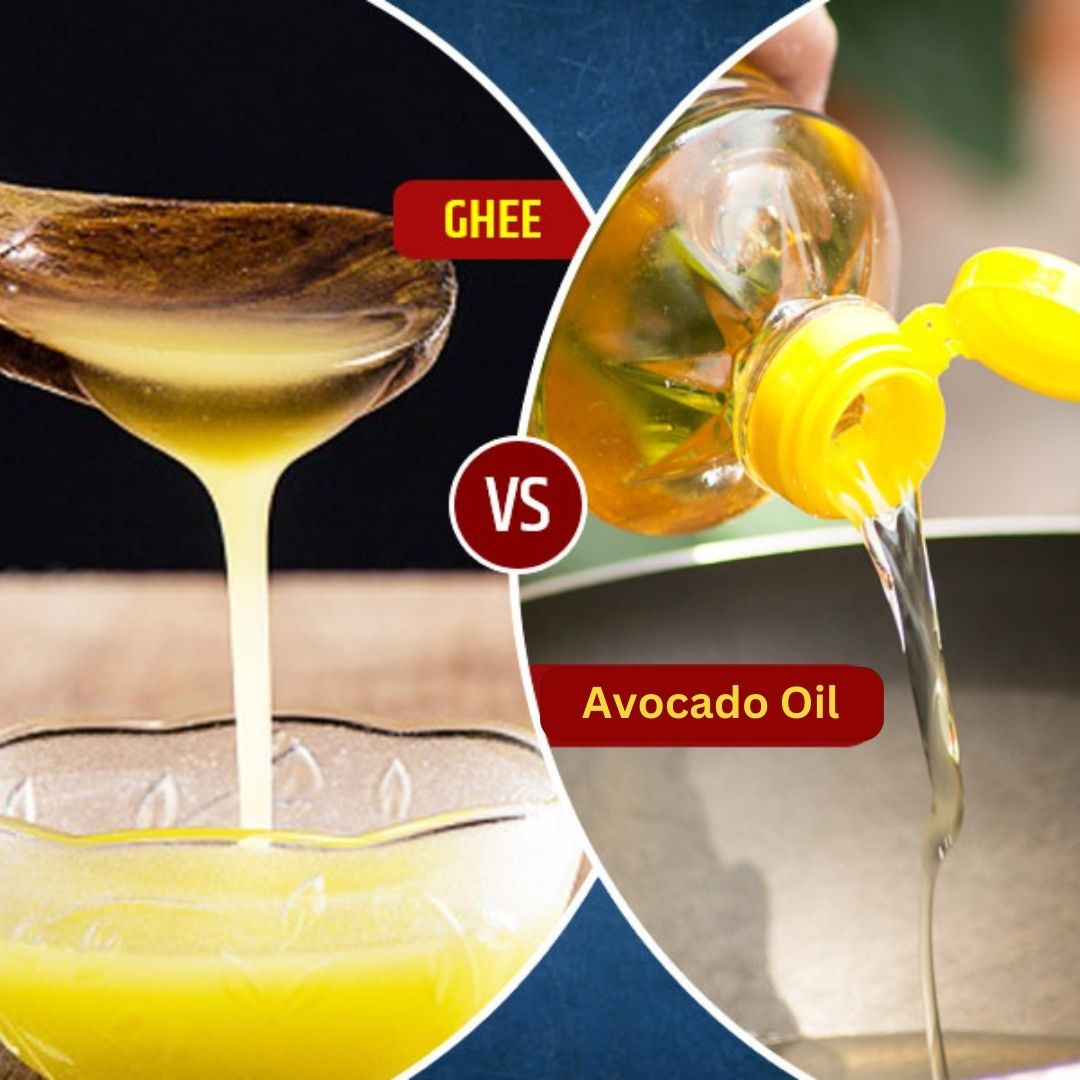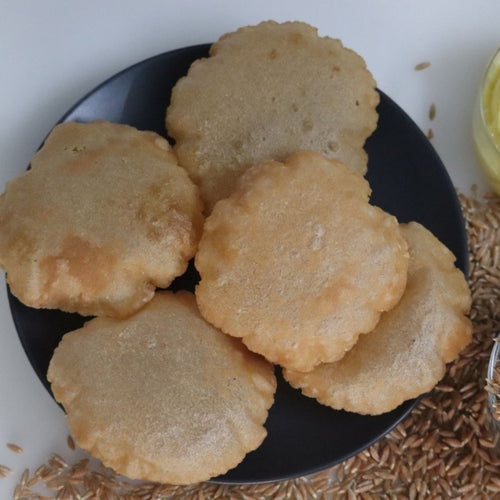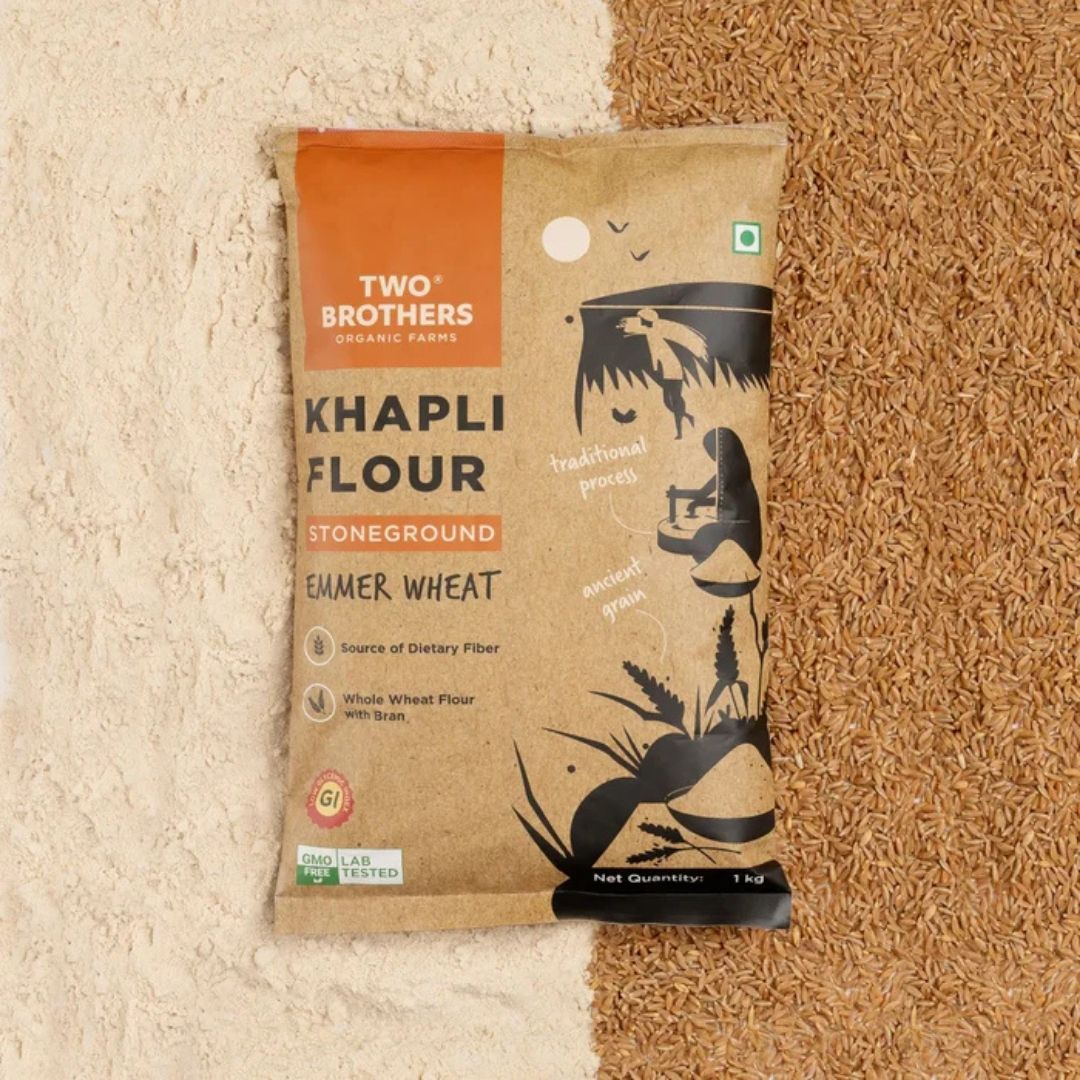Pickling has been used for ages as a culinary art form, preserving food and bringing forth new flavors. A fascinating adventure awaits anybody exploring the realm of pickling, regardless of experience level. With the help of this all-inclusive guide, you, the eager novice, may confidently start pickling.
Knowing the Fundamentals of Pickling
Pickling is the process of preserving fruits and vegetables in a concoction of sugar, salt, and different spices. For this fermentation procedure, brine or vinegar solutions are frequently utilized. Pickling was first used as a way to keep perishable foods longer on the shelf. Pickles produced from a range of fruits and vegetables are available nowadays. The ingredients go through fermentation and other processes that improve the pickles' flavor and nutritional value during the pickling process. Pickling has a long history; it began in the Tigris Valley around 2030 BC when local Indian cucumbers were preserved.
The Science of Pickling

The way the components and the pickle process interact is where the science of pickling is found. The pH levels, which have an impact on the pickles' taste and safety, are one important consideration. The pH levels decrease when vinegar, sugar, and salt are combined, resulting in an acidic environment that prevents the growth of dangerous germs. The lactic acid generated during fermentation also contributes to the pickles' tanginess by lowering pH levels.
Pickling involves natural fermentation, which is another crucial component. Beneficial bacteria transform the carbohydrates in the veggies into lactic acid during fermentation, giving them a tart and sour taste. Probiotics and other health benefits are added to the pickles during the anaerobic fermentation process, which also preserves them.
You can experiment with different tastes and methods while ensuring the safety and quality of your homemade pickles by knowing the science behind pickling.
Various Pickling Methods and Where They Came From
Everywhere in the world, pickling methods are different, with distinctive flavors and customs. Quick pickling, refrigerator pickles, and pickling with green tomatoes are a few common methods.
For quick pickling, the fruits or vegetables are submerged in a vinegar-based solution for a little amount of time—usually a few hours or overnight. Refrigerator pickles are created by soaking fruits or vegetables in a vinegar solution and refrigerating them for several days. This method is convenient and produces pickles that are ready to consume in a short amount of time. For individuals who wish to create small batches of pickles, this approach works well and doesn't include canning or fermentation. Pickling is a common usage for green tomatoes, particularly in Southern cooking. These mature tomatoes are perfect for pickling because of their firm structure and tart flavor. Pickles made from green tomatoes are frequently served as a side dish or condiment.
The world of pickles is made more diverse by the distinct flavor profiles and historical roots of each pickling method.
Getting Ready for Your First Pickling Project
Getting the necessary supplies and tools is vital for your first go at pickling. Start with easy recipes for novices, such as zesty refrigerator pickles or traditional dill pickles. To play around, pick up some fresh green beans, cucumbers, or even green tomatoes. Stock up on pantry essentials like cloves of garlic, different whole spices, and white or apple cider vinegar. Get a water bath canner so you can can food at home, and make sure you have enough mason jars for storing them properly. Successful pickling starts with setting up a special pickling station in a spotless, cool, and dark area.
Crucial Components for Pickling

Proper ingredient selection is essential for a successful pickling process. The base ingredients for your pickling brine are water, white vinegar, and apple cider vinegar. Think about adding entire spices, such as mustard seeds, black peppercorns, or red pepper flakes, to enhance flavors. Green beans and green tomatoes are two popular fresh food pickling options. For extra flavor, don't forget to add bay leaf, dill, or garlic cloves. These components help the pickling process along, so your pickles will be tasty and full of flavor. While you're gathering your ingredients, think about combining different ingredients to make inventive pickle recipes.
Choosing Appropriate Equipment
The correct tools are essential for success when starting a pickling project. Mason jars are one of the most basic instruments needed for home canning. Invest in a water bath canner as well for safe sealing and longer shelf life. Make sure you have vinegar solutions on hand, such as white vinegar or apple cider, for classic pickling brines. Flavor depth is increased by adding entire spices, such as bay leaves and mustard seeds. Remember to keep your pickles fresh by finding cool, dark places to store them away from the sun. With the right tools, you can ensure a smooth pickling procedure.
A Comprehensive Guide for Pickling
Step 1: Clean and Ready the Vegetables
Make sure your food is clean and fresh before you start the pickling procedure. Begin by giving the fruits and vegetables a good wash under cold running water. Eliminate any imperfections and cut off any stems or ends. When cutting tougher fruit, like cucumbers or green beans, think about cutting them into the proper shapes. To keep the vegetables crisp, soak them in ice water. Using a fresh kitchen towel, pat dry the produce to absorb any remaining moisture. Effective pickling requires thorough cleaning to eliminate debris and undesirable microbes from the component surfaces.
Step 2: Developing Your Brine Solution
In a saucepan over medium heat, add vinegar, water, sugar, and salt to make your brine solution. To enhance the complexity of your flavors, use vinegars such as white, red, or apple cider vinegar. To improve the flavor, try experimenting with other herbs and spices like mustard seeds, black peppercorns, and red pepper flakes. Once the sugar and salt have completely dissolved, take the liquid off the heat and let it cool to room temperature. During the pickling process, the brine solution is crucial since it gives your veggies the ideal ratio of flavor to acidity.
Step 3: The Method of Pickling
Pickling can begin as soon as your food is ready and your brine solution is ready. Place your goods in a clean container and fill completely with the pickling brine. Gently tap the jar to eliminate any remaining air bubbles. Depending on the pickling method you're using, carefully seal the jar and store it in the refrigerated or at room temperature. Over time, the pickling solution will infuse your items with crunchy textures and sour flavors. Always remember that waiting for the flavors to develop is essential before savoring your homemade pickles.
Step 4: Put Your Pickles in a Seal and Store Them
To preserve the flavor of your pickles, make sure they are properly sealed and stored when the pickling process is finished. To ensure an airtight seal, make sure your jars are sterilized and the lids are securely fastened. To maintain their flavor, keep your pickles out of direct sunlight and in a cold, dark spot. Mason jars work great for storing things, but it's crucial to use clean jars to avoid cross-contamination. Make sure the seals on your jars are intact by checking them on a regular basis. Since the shelf life of different pickles may differ, marking them with the date makes tracking easier. Your delectable pickles can last longer on the shelf if you use proper sealing and storing strategies.
Examining Pickle Varieties Worldwide

Classic European pickles, which frequently include cucumbers in vinegar solutions with garlic cloves and dill, add a tart edge to any meal. Asian pickling methods are more likely to focus on fermented flavors, such as the naturally fermented Japanese dish tsukemono, which is produced with a mixture of vegetables and salt. American pickle varieties include the traditional dill pickles and the unusual watermelon rinds pickled in a mixture of vinegar solutions and spices. Every area has a distinct variation on pickling, with the Middle East incorporating some exotic tastes with ingredients like black peppercorns and red peppers. There are many different pickling techniques and recipes available worldwide, ranging from sweet pickles to spicy peppers.
Classic Pickles from Europe
Pickling is a long-standing tradition in Europe, with distinct regional variations on this ancient craft. The most popular dish in Eastern Europe is sauerkraut, which is made by fermenting cabbage in big porcelain crocks with salt. Moving west, dill, mustard seed, and garlic are common flavors found in German gherkins. French people love cornichons, which are tiny pickles flavored with pearl onions and tarragon. Pickled beets are prized for their vivid color and tart flavor throughout the continent. These classic European pickles highlight the rich culinary legacy of the continent by frequently incorporating regional ingredients and cultural influences.
Asian Pickling Methods

Asian pickling techniques exhibit a wide range of tastes and approaches. Cucumbers, radishes, and eggplant are just a few of the veggies that are pickled in vinegar solution or soy sauce foundation for the Japanese delicacy known as tsukemono. A mainstay of Korean cuisine, kimchi is made from fermented cabbage, radish, or cucumber and seasoned with garlic and red pepper flakes. Acar, a well-liked pickled salad of fruits and vegetables marinated in a sweet and sour sauce, is particularly noteworthy in Southeast Asia. Torshi, a pickled blend of vegetables seasoned with vinegar, herbs, and spices, is a specialty of the Middle East. These methods bring to light how different ingredients and flavors are combined in Asian pickling customs.
American Pickle Variations
The wide variety of flavors and textures found in American pickle varieties is a reflection of the melting pot of American cuisine. American pickling traditions include both sweet and savory flavors, such as traditional dill pickles and bread & butter pickles. Pickles made with bread and butter are a popular condiment because of their tart and sweet flavor. For those who want their pickles a little hotter, there are spicy varieties made using jalapeños or hot peppers. In addition, local items like okra or watermelon rinds are frequently used in Southern-style pickles. These diverse selections highlight the inventiveness and versatility of American pickling techniques.
More Complex Pickling Methods for the Enthusiast

Explore fermentation-based pickling methods if you want to improve your game. Use anaerobic fermentation to create pickles with rich, nuanced flavors. For a taste explosion, try experimenting with different spices such as mustard seeds, black peppercorns, and red pepper flakes. Explore natural fermentation to bring out the acidic tones hidden in beneficial bacteria. For a global touch, try Middle Eastern pickling techniques or Japanese Tsukemono. For powerful profiles, embrace the art of blending garlic cloves, bay leaves, and fiery peppers. These sophisticated methods will turn your pickles into a gourmet work of art.
Pickling Made Through Fermentation
Natural mechanisms are used in fermentation-based pickling to change the contents. By using helpful microorganisms, this process acidifies the brine and produces distinct flavors. Vegetables can be preserved by soaking them in a room-temperature saltwater solution, which initiates anaerobic fermentation and produces lactic acid. Common additives that improve flavor during fermentation include black peppercorns, red pepper flakes, and garlic cloves. This methodical technique, well-liked in Middle Eastern and Japanese Tsukemono dishes, produces rich and tart flavors that transform even the most unassuming veggies into exquisite culinary creations. Try-outs with fermentation provide many opportunities for inventive takes on conventional pickling techniques.
Playing Around with Spices and Flavors
A fun part of the pickling process is experimenting with flavors and spices. You may give your pickles interesting and distinctive flavors by adding different spices like bay leaves, mustard seeds, black peppercorns, and red pepper flakes. To generate different flavor profiles, you can also experiment with different vinegar solutions, such as red wine vinegar, white vinegar, or apple cider vinegar. Don't be afraid to experiment with unusual pairings, such as red onions with green tomatoes or garlic cloves with spicy peppers. By experimenting, you can find new and creative taste combinations in the pickling world and tailor your pickles to your palette.
Conclusion
To become an expert pickler, you must comprehend the science, methods, and procedures involved. Pickling opens us a world of culinary inventiveness, from preparing ingredients to tasting exotic flavors. Explore American spins on classic European pickles as well as Asian methods. Fermentation and flavor exploration are in store for enthusiasts. Recall how important it is to keep pH levels stable and avoid mold. Seal integrity and appropriate storage are essential for long-term enjoyment. Take up the craft of pickling and relish every sharp bite as your cooking abilities blossom in jars of delicious preserves. Cheers to your pickling!
Frequently Asked Questions
Can I pickle any kind of fruit or vegetable?
Yes, you may pickle a wide range of fruits and vegetables, including the rinds of melons, cucumbers, carrots, onions, and beets. Every variety provides distinct tastes and textures throughout the pickling process, enabling a wide variety of handcrafted pickling recipes.
What's the shelf life of homemade pickles?
Store homemade pickles in a cool, dark area to extend their shelf life to up to a year. Check the jars often for any indications of spoiling, such as mold growth or strange odors. Their shelf life can be increased with proper sealing and refrigeration.



